This summer, the Sustainability Office has been up to many of our favorite summer activities, including some great student leadership and outreach through our campus garden and a focus on strategic planning for the new school year. We also worked on the second submission to the Association for the Advancement of Sustainability in Higher Education (AASHE) Sustainability Tracking and Rating System (STARS). STARS is a transparent, self-reporting framework for colleges and universities to measure their sustainability performance. STARS is intended to engage and recognize the full spectrum of colleges and universities – from community colleges to research universities – and encompasses long-term sustainability goals for already high-achieving institutions as well as entry points of recognition for institutions that are taking first steps toward sustainability. 912 institutions have registered to use the STARS Reporting Tool. Reported data is also utilized for participation in The Princeton Review’s Guide to Green Colleges and Sierra Magazine’s Cool Schools.

An institution’s score is based on the percentage of points it earns by pursuing relevant credits across four main categories: Academics (AC), Engagement (EN), Operations (OP), and Planning & Administration (PA). In addition, institutions may earn up to four Innovation & Leadership (IN) points for exemplary and path-breaking initiatives that are not covered by other STARS credits or that exceed the highest criterion of a standard credit.
UW-Whitewater submitted our initial report for Stars version 2.0 in April 2015 and received a Silver Rating with a score of 45.35%. In spring 2018, we began the process of data collection, analysis, and reporting for our second submission to STARS version 2.1 and generated our final STARS submission in August 2018. We anticipate we will maintain a Silver Rating, but improved our score from 45.35% to a current provisional score of 55.21%. The report will be available on the STARS website and the UW-Whitewater Sustainability website upon acceptance by Chancellor Kopper and AASHE.
We are very proud of the achievements we’ve been able to make to improve our performance. On the other hand, STARS is a great tool to identify areas of improvement and we hope to take some strides in the upcoming years to reach Gold status by the next time we are required to report to STARS in 2021. We think this achievement is well within our reach and look forward to pursuing this goal with our campus!
Academics
- 2018 estimated performance: 34.30/58.00; 59%
- 2015 STARS score: 21.73/58.00; 37%
Our performance for the integration of sustainability into curriculum and research credits significantly improved from our previous report. This includes new campus learning objectives that embrace “Personal and Civic Responsibility” and mention social issues and environmental concerns. The Environmental Science undergraduate and Environmental Safety and Health graduate programs ensure students at various levels an opportunity to focus their studies on environmental issues. Numerous faculty self-reported integration of sustainability topics into a variety of curriculum and research activities from a diverse range of academic departments. Integration of the campus as a living laboratory was accomplished through faculty collaboration efforts with the UW-Whitewater Sustainability Office serving as a conduit to operational sustainability best practices and related data. Beyond our campus, sustainability-themed immersive experiences offer students a look at sustainable development issues globally.
Engagement
- 2018 estimated performance: 24.57/41.00; 60%
- 2015 STARS score: 22.87/41.00; 56%
A continued strength area for the UW-Whitewater Sustainability Office, our most notable success has been to transition several engagement programs to more direct student oversight as we have added several student staff members since 2015. We have also added marketing-focused staff to enhance the robust variety of outreach methods we employ to educate the campus community through our co-curricular programming, including others that involve students directly in this activity (Eco-Reps and Creative Marketing Unlimited for digital media and event outreach). Student organizations, campus events, and outreach materials provide sustainability information and experiences throughout the year. We also participate in organized national sustainability campaigns such as RecycleMania to engage the campus community and partner with various other campus and community organizations to maximize our impact in this area.
Operations
- 2018 estimated performance: 31.93/72.00; 44%
- 2015 STARS score: 30.63/70.00; 44%
Most operational categories utilize quantitative data to measure performance and in some areas, such as Waste and Water, we had noticeable improvements. Other areas, such as Air & Climate and Energy, saw noticeable improvements since becoming a signatory of the American College and University President’s Climate Commitment in 2007, but progress has stalled since our last report. There is a baseline of established practices that apply to Buildings that account for consistent scoring in these areas, but room for policy improvement still exists. Food & Dining will likely see increased values in future ore revised assessments, but the data needed for STARS reporting was not available in the format requested for assessment. Other areas, such as Purchasing, are restricted somewhat by UW System or state policies, but data collection methods improved from our previous report. Grounds and Transportation have notable successes, but indicate plenty of room for future growth.
Planning and Administration
- 2018 estimated performance: 17.22/32.00; 54%
- 2015 STARS score: 21.12/32.00; 66%)
This area is more difficult to collect data as many of these programs are not coordinated by the Sustainability Office, but the efforts to maintain an inclusive campus are reflected well in the Diversity and Affordability section. Coordination, Planning & Governance also saw strong scores, which reflects the existing efforts to incorporate sustainability in various planning processes already and the strong history of shared governance representation in campus decision-making. There is room for improvement in Health, Well-Being, & Work, but some of these elements are beyond our control, such as compensation, and great strides have been made to improve the living wage on our campus. Investment is a category that we received no points and remains the particular sub-category we could make the most improvements.
Sample of Priorities for FY 2019-21
- Improve data collection of sustainability activity in academics through consistent faculty outreach and annual reporting of curriculum and research activities.
- Re-launch Savanna Project sustainability training workshop to encourage more faculty to infuse sustainability concepts into their existing or new curriculum.
- Develop survey instruments to assess sustainability literacy related to learning outcomes and sustainability culture on campus.
- Reinforce partnership with Housing through the support of the Eco-Reps peer to peer sustainability training program.
- Advocate for more campus sustainability leadership in the state and beyond and increase leadership and involvement with community sustainability efforts.
- Pursue more aggressive energy conservation and renewable energy investment to reduce energy costs and greenhouse gas impact.
- Encourage alternative transportation use and establish a bicycle/pedestrian culture to reduce single-occupancy vehicle use.
- Establish UW-Whitewater Nature Preserve as a protected area through formal policy.
- Increase green cleaning product usage and recycling percentage in paper purchasing.
- Develop data collection methodology with campus dining contractor and formalize reporting process on annual basis.
- Develop waste and recycling signage and bin consistency and pursue more aggressive outreach campaign to improve recycling rates to 50% diversion.
- Recommend development of mandatory cultural competence training and providing support for underrepresented staff members.
- Recommend sustainable investment best practices to University Advancement and Foundation staff for consideration.
- Write campus Sustainability Plan to inform future decisions and priorities with input from Sustainability Council and campus community.
- Implement annual reporting cycle for key components of STARS data to improve data accuracy, reliability, and responsiveness from relevant campus contacts.





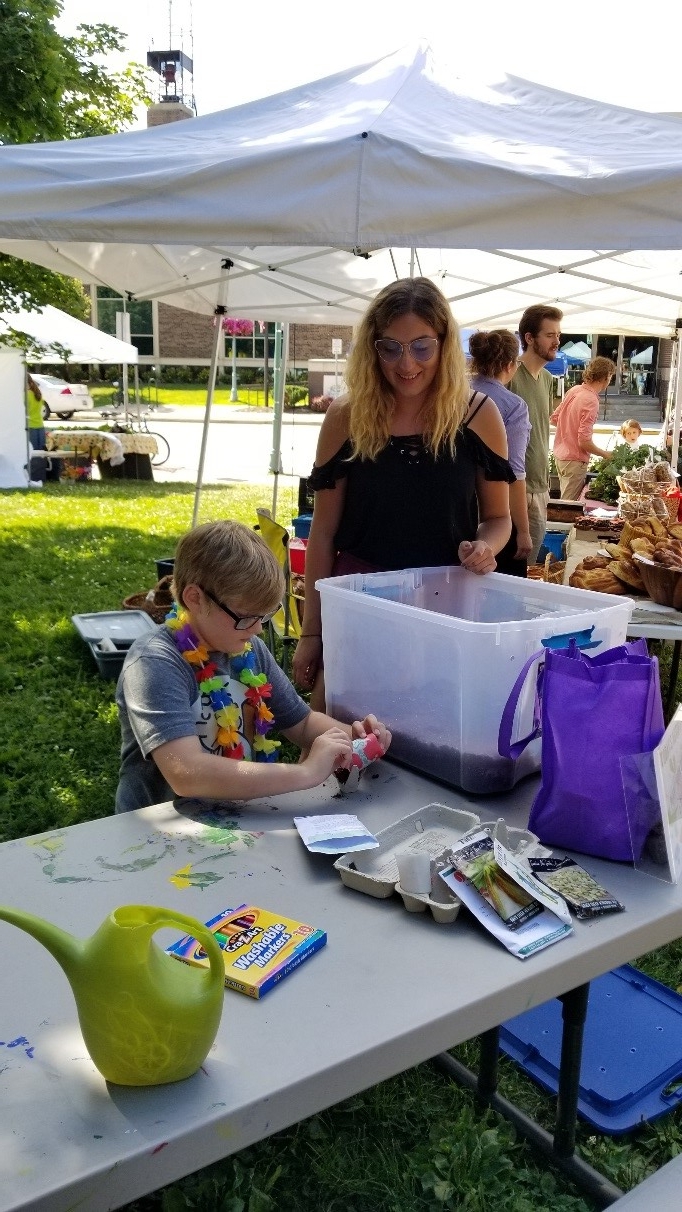
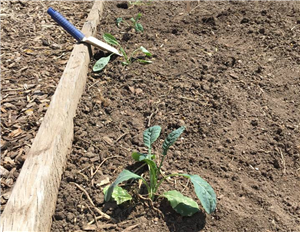







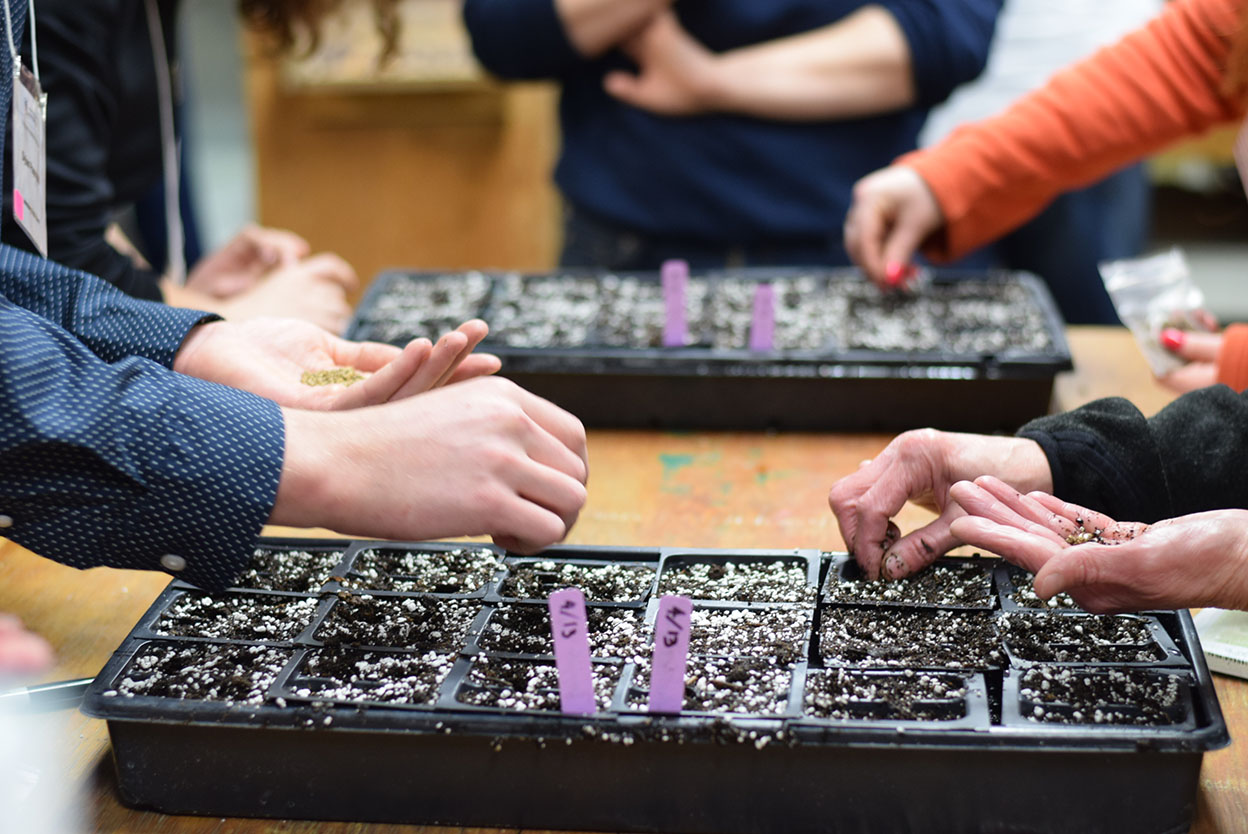
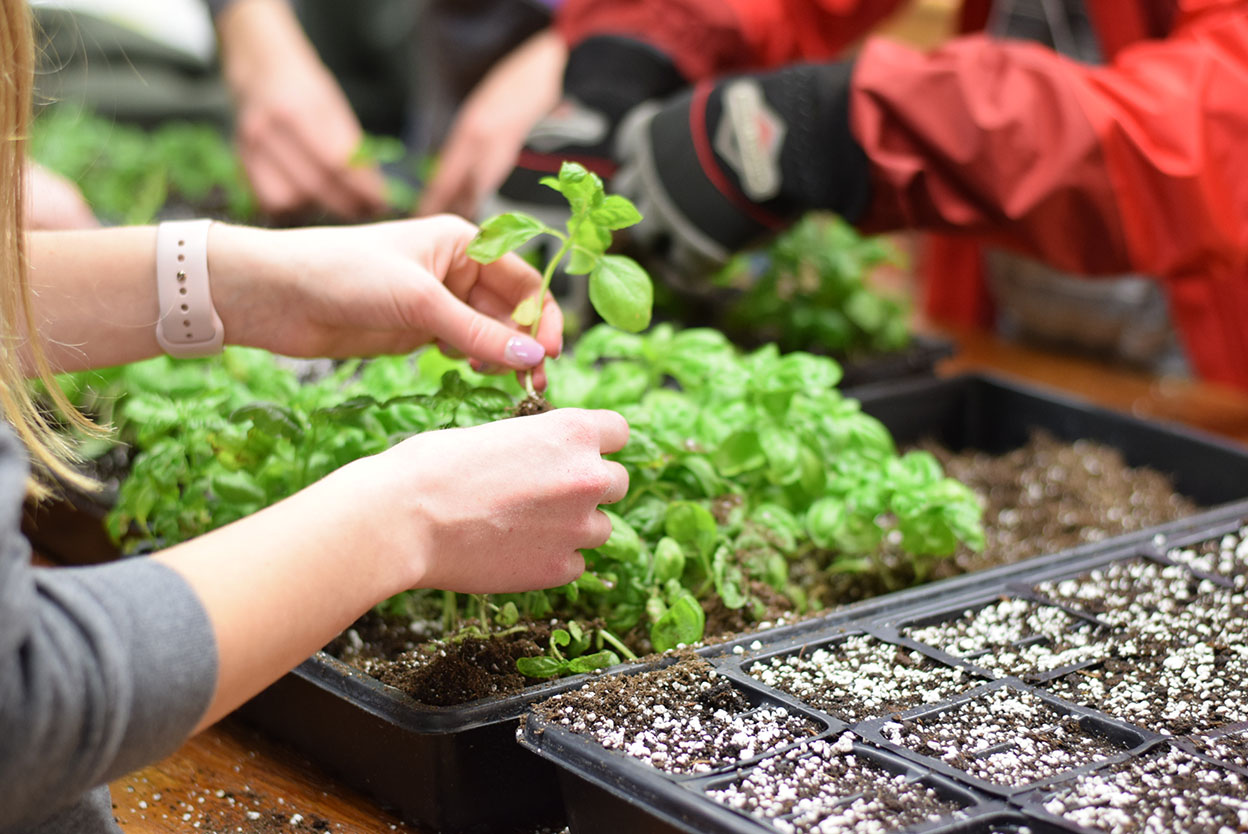
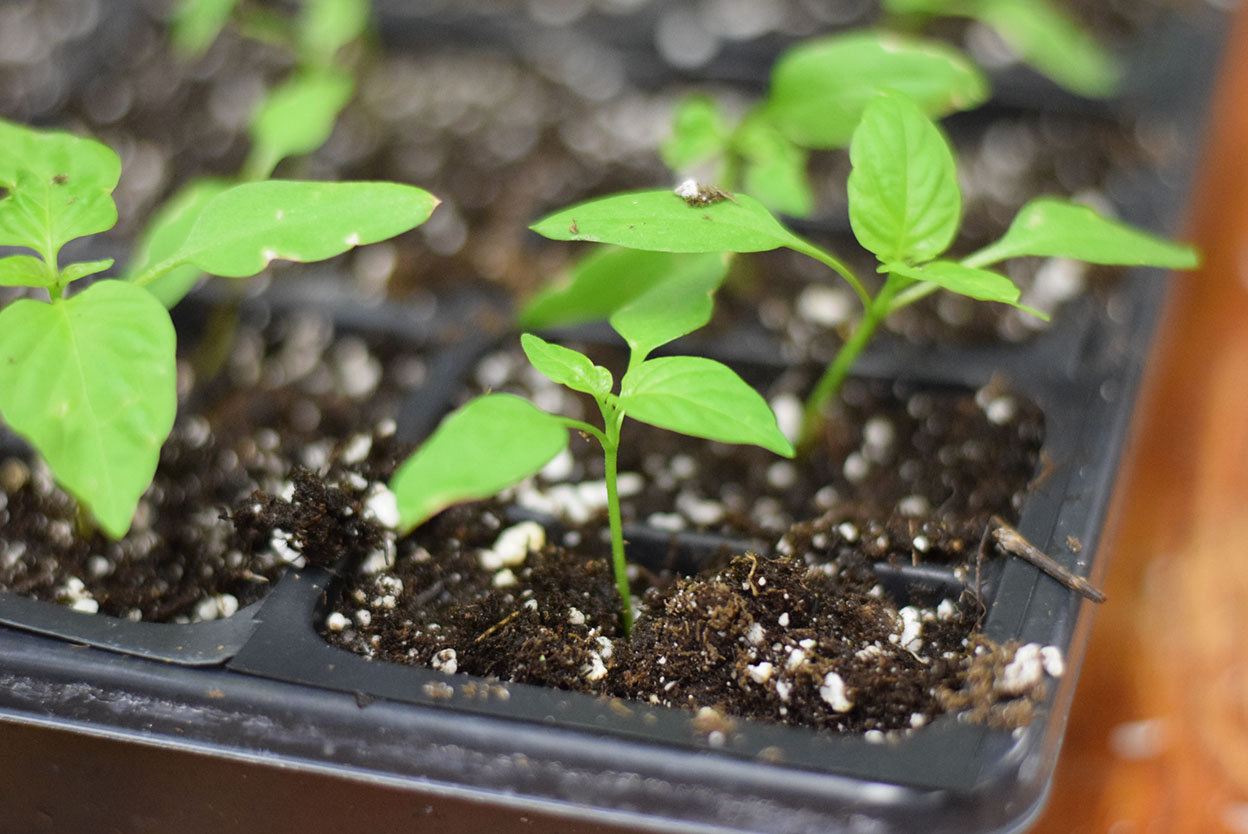
.jpg)
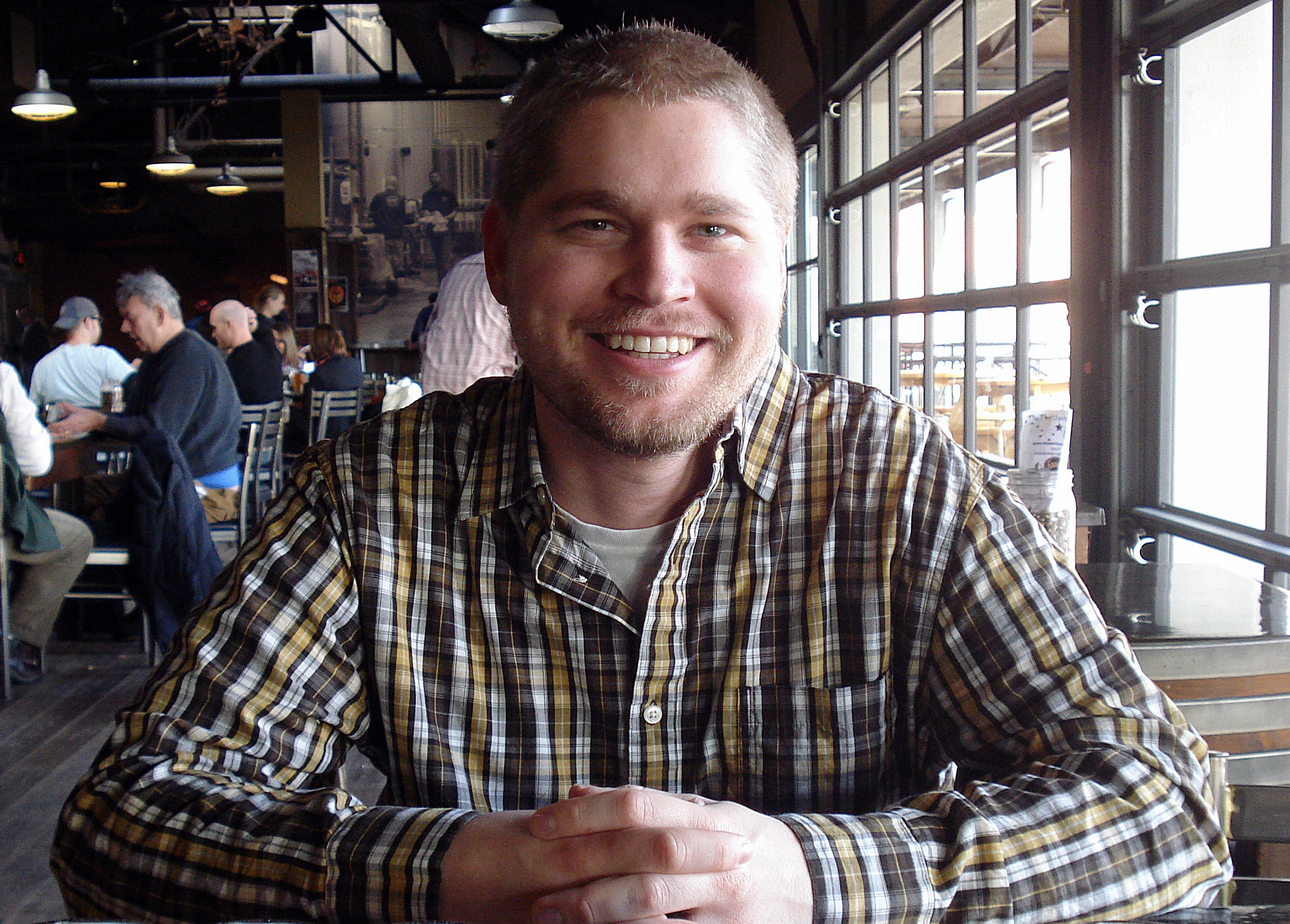






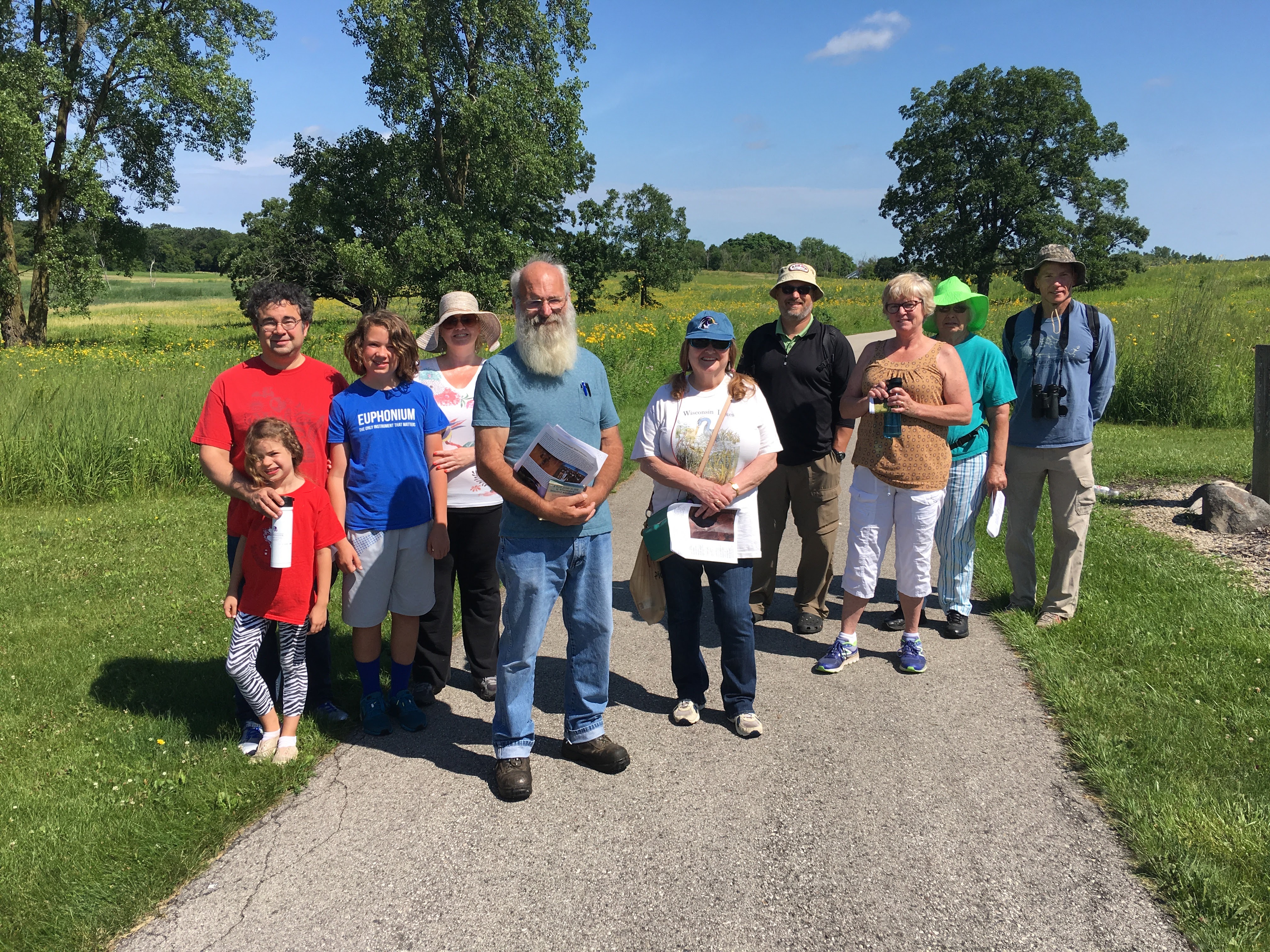
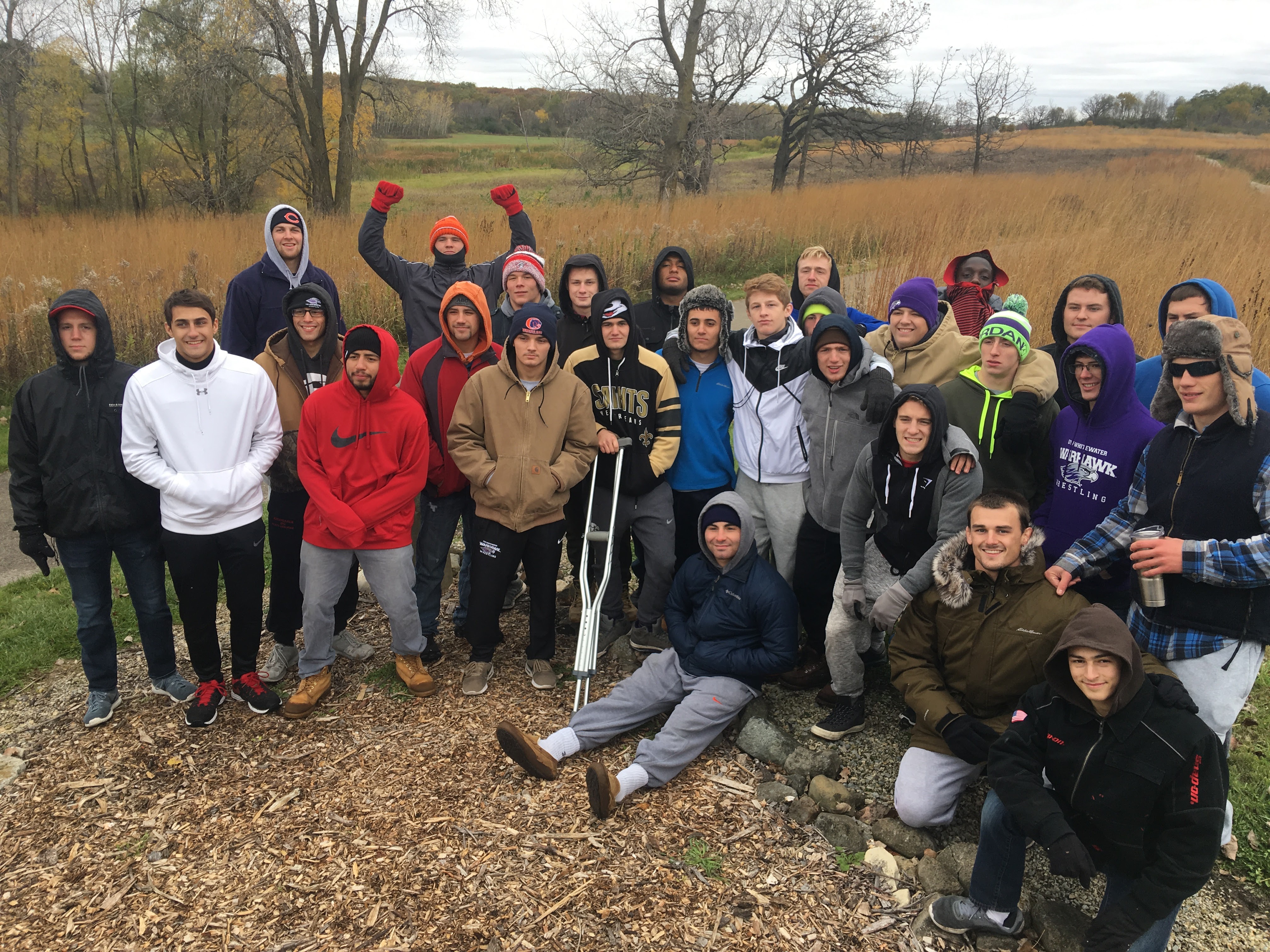
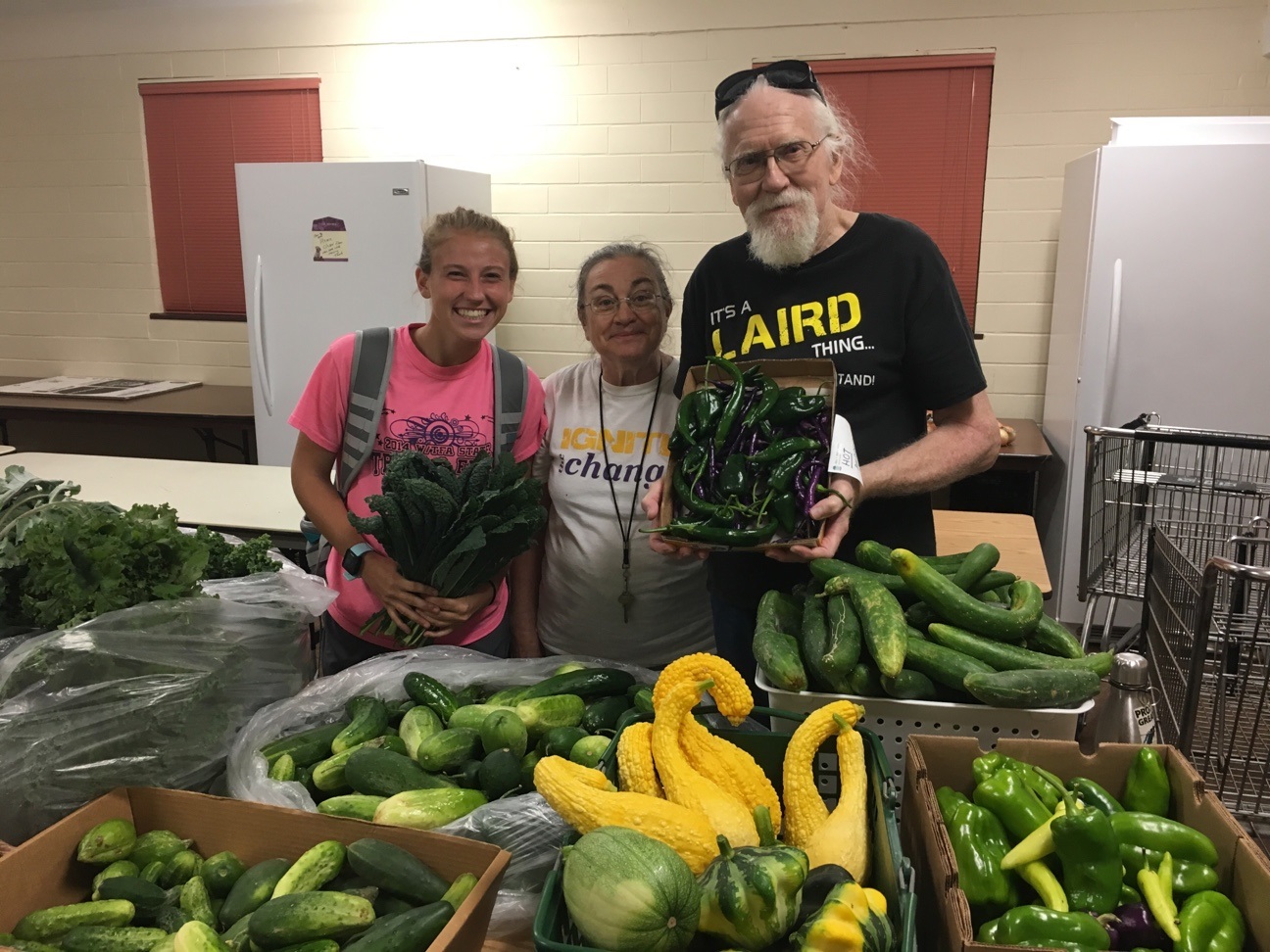
(0).jpg)
.jpg)
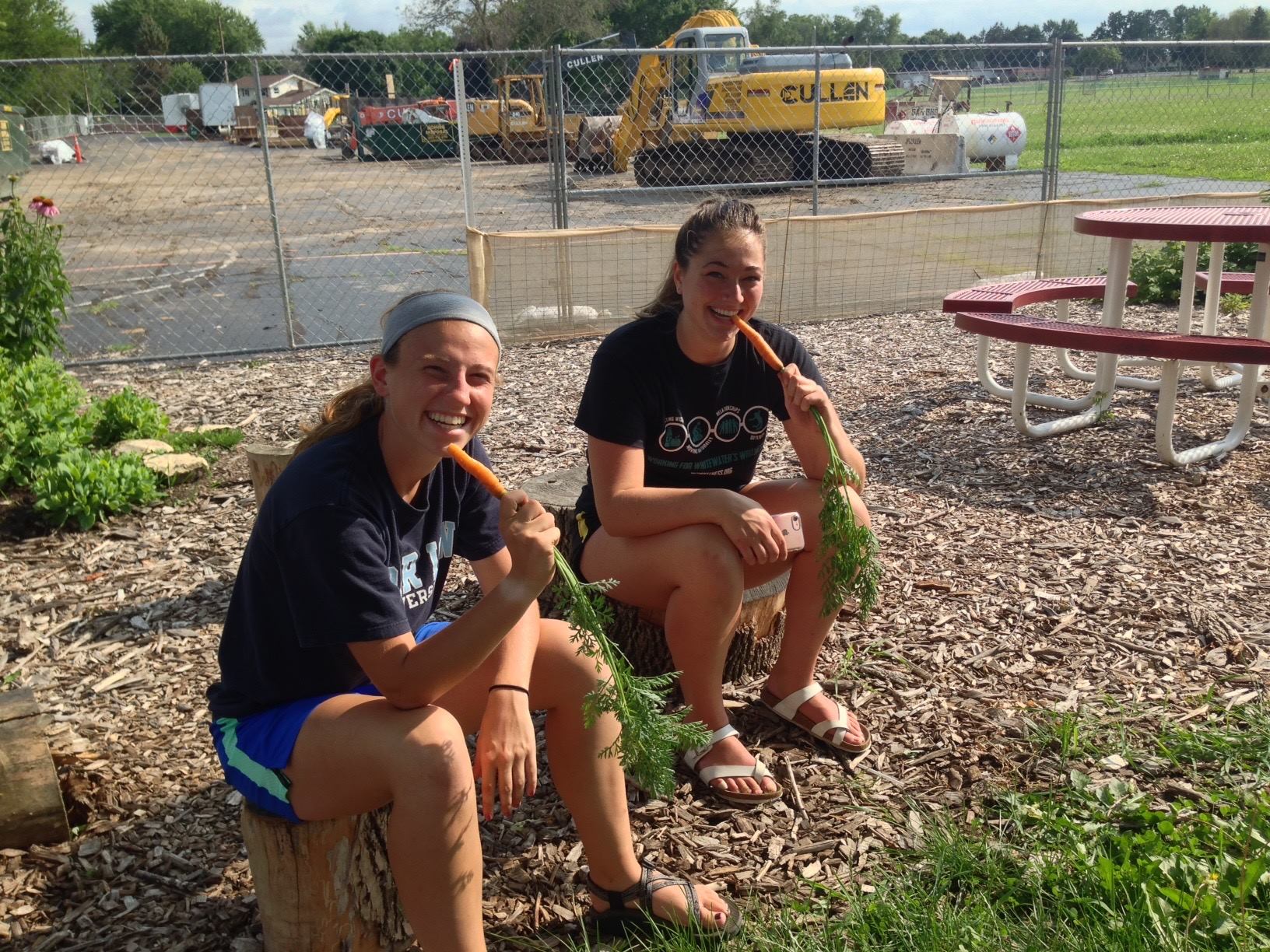
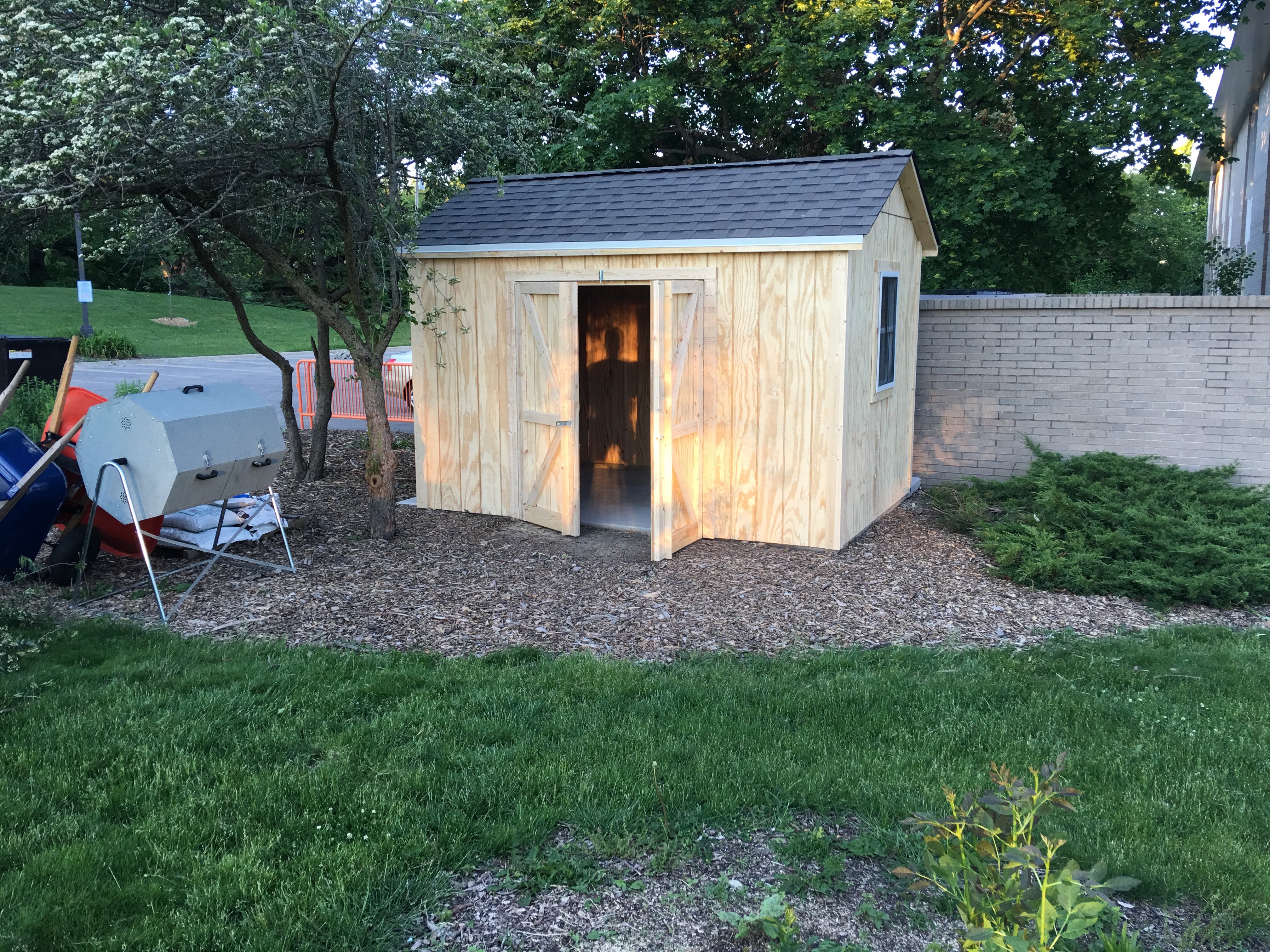
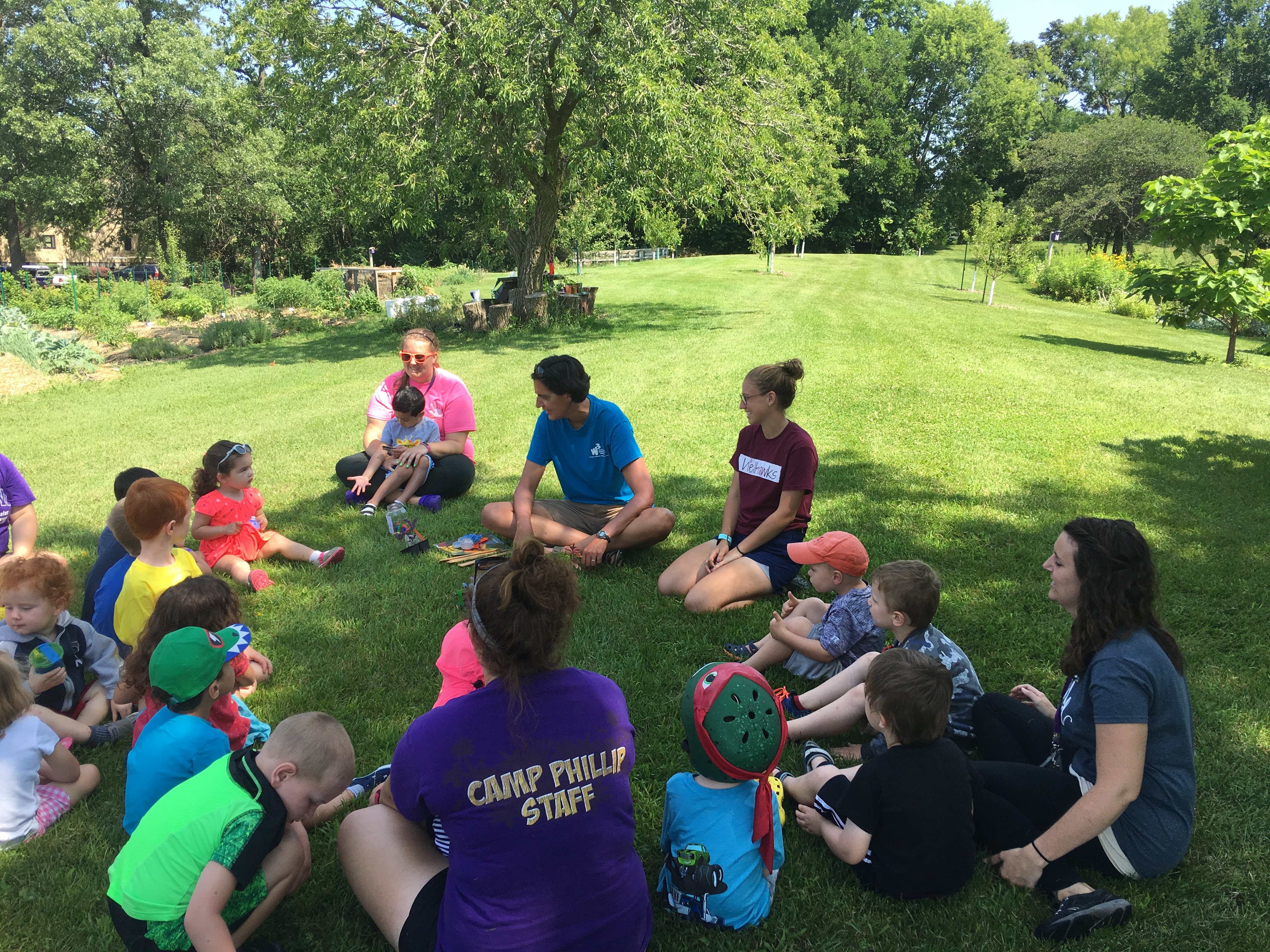
.jpg)